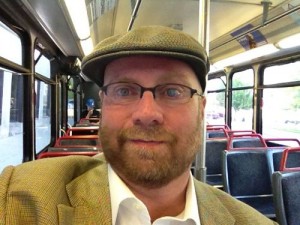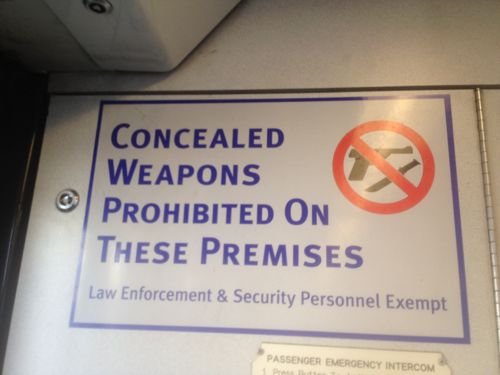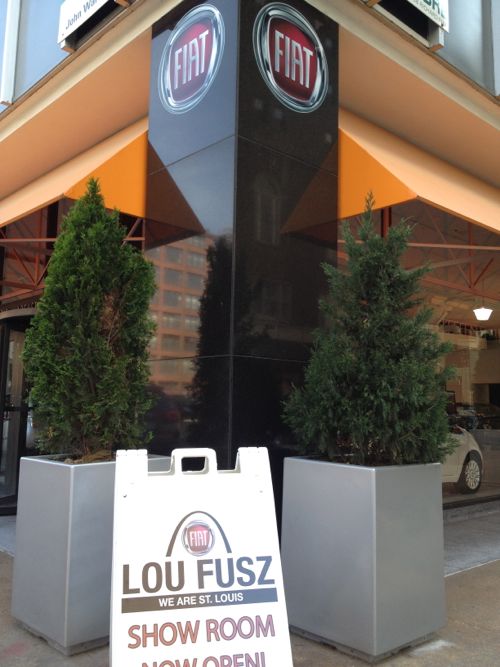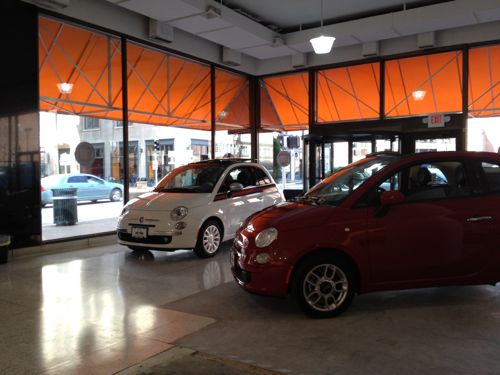Let’s Build Around Light Rail
The title of this post is from the title for an upcoming luncheon: CMT’s Let’s Build Around Light Rail Luncheon to be held May 8th (ticket deadline April 26th). Guest speaker Katherine Perez is billed as a “national Transit Oriented Development Expert.” Awesome!
When I saw the invitation it got me thinking; “How are we doing at building around light rail?” The original line of our St. Louis MetroLink opened on July 31, 1994 1993, almost 18 19 years ago. I decided to visit two of those original stations that had the most opportunity for new development: Wellston & Rock Road.
Wellston Station
The Wellston Station is located in the very poor St. Louis County municipality of Wellston:
Wellston was incorporated as a city in 1909; due to “government difficulties” the city was dissolved three years later, only to be reestablished in 1949. The city was named for Erastus Wells.
During the early 1900s, the Wagner Electric Company, a manufacturer of small motors for appliances and transformers, began development along Plymouth Avenue in Wellston, growing to occupy the entire block and providing 4,500 jobs during World War I. North of the Wagner site, ABEX Corporation built a steel foundry that began operation in 1923.
In 1982 ABEX moved out of its Wellston location; the next year, the Wagner Electric Company closed its doors. After closure, it took 22 years, and millions of dollars in tax credits and development grants, for the St. Louis County Economic Council to demolish five buildings and clean up 15 acres (6.1 ha) of the Wagner brownfield land along the MetroLink so that it could be made marketable as the Plymouth Industrial Park. (Wikipedia)
An industrial park isn’t the most vibrant idea around transit but when you try to develop formerly toxic industrial land your options are limited, housing isn’t possible. So how’s that going around the Wellston Station? (Aerial)
The station itself isn’t much, two platforms and “243 park and ride spaces” (Source). That’s a lot of parking!
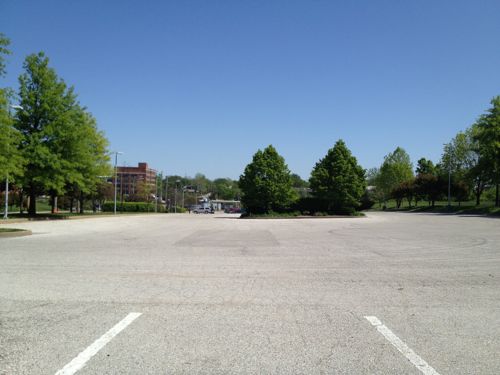
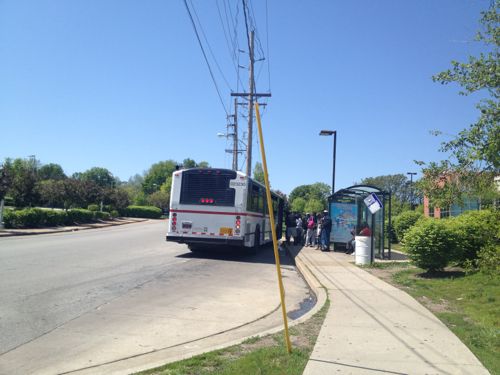
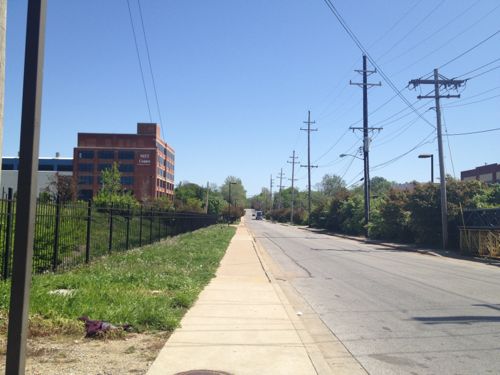
In 1994 the Metropolitan Education and Training Center opened in an existing building east of the MetroLink line at 6347 Plymouth Ave:
The MET Center is a strategic partnership created to stimulate the economic self-sufficiency of individuals living in low-income communities of the St. Louis region. The Center seeks to accomplish this mission by delivering focused, comprehensive, and accessible job training, placement, assessment, career development services and transportation services. We serve the underemployed, unemployed, and displaced workers, leading to sustainable work and a competitive regional economy. (MET Center)
Great, how do I get there? Their website says it’s “Centrally Located Near the Metro Link” but under location they offer a link to Metro’s Trip Finder but mostly they give driving directions. Wow, major TOD fail. But the low-income customers they serve know how to find MET.
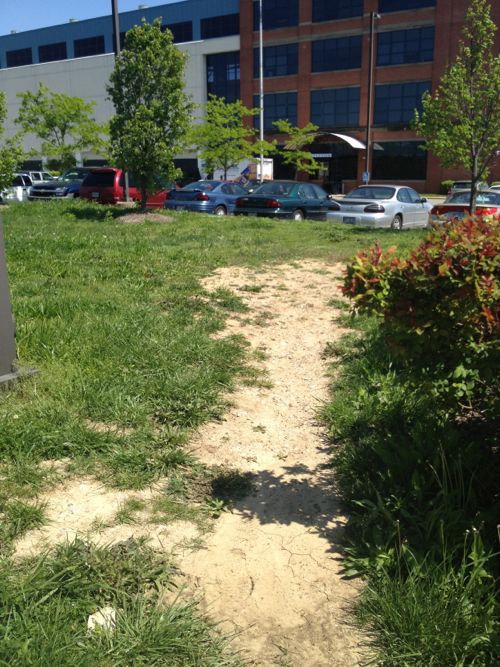
So the MET Center failed to grasp the idea of orienting to transit, how about the industrial park?
In order to obtain the state’s oversight and participate in the Missouri Department of Economic Development’s Brownfield Tax Credit program, the St. Louis County Economic Council enrolled the site in Missouri’s Voluntary Cleanup Program in 1997. The tax credits were sold to Ameren Corp. and Allegiant Bank, which earned the project $3.5 million. The site was also funded in part with $1.9 million by an Economic Development Administration grant for remediation and infrastructure and a County Industrial Development Authority loan. (2005 St. Louis Business Journal story)
Big bucks, must be great
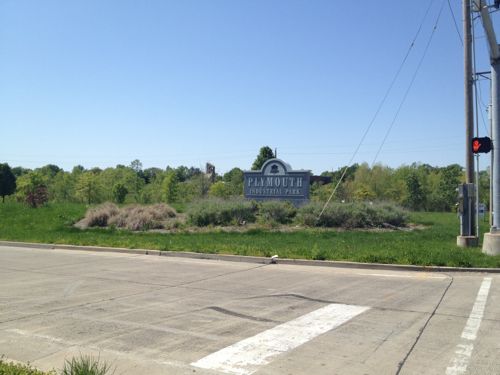
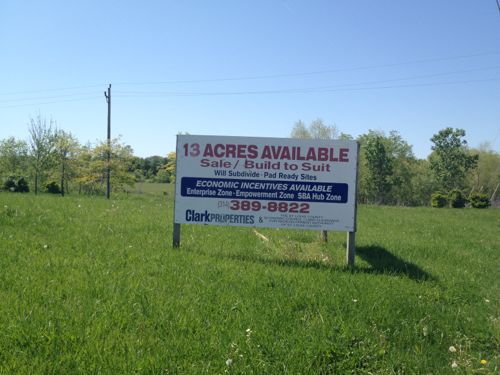
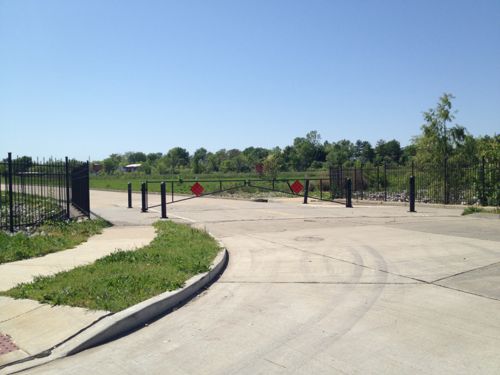
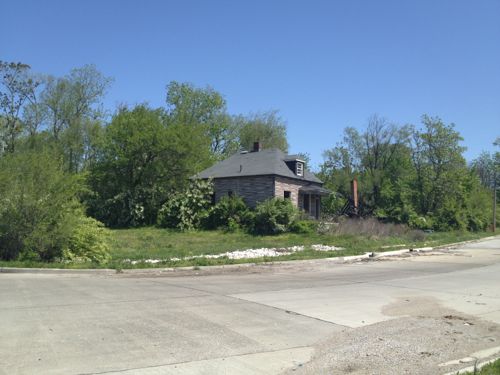
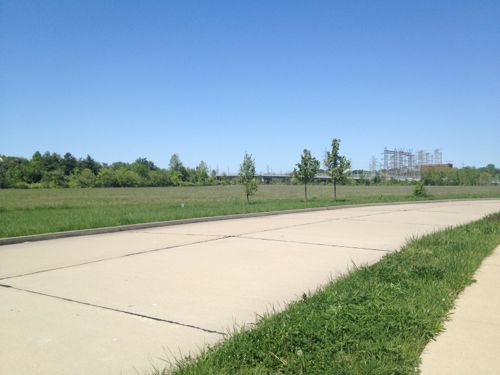
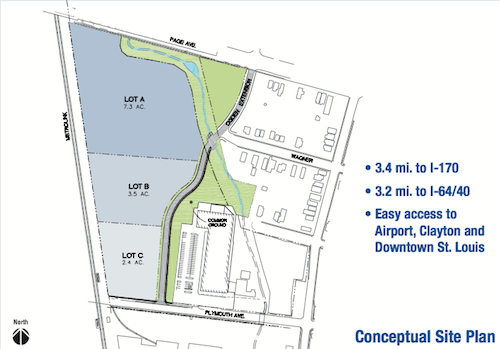
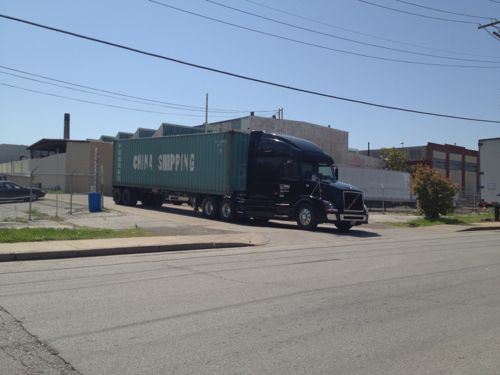
So not much east of the Wellston MetroLink Station, let’s go west and see if that nearly vacant park and ride lot has spurred development.
